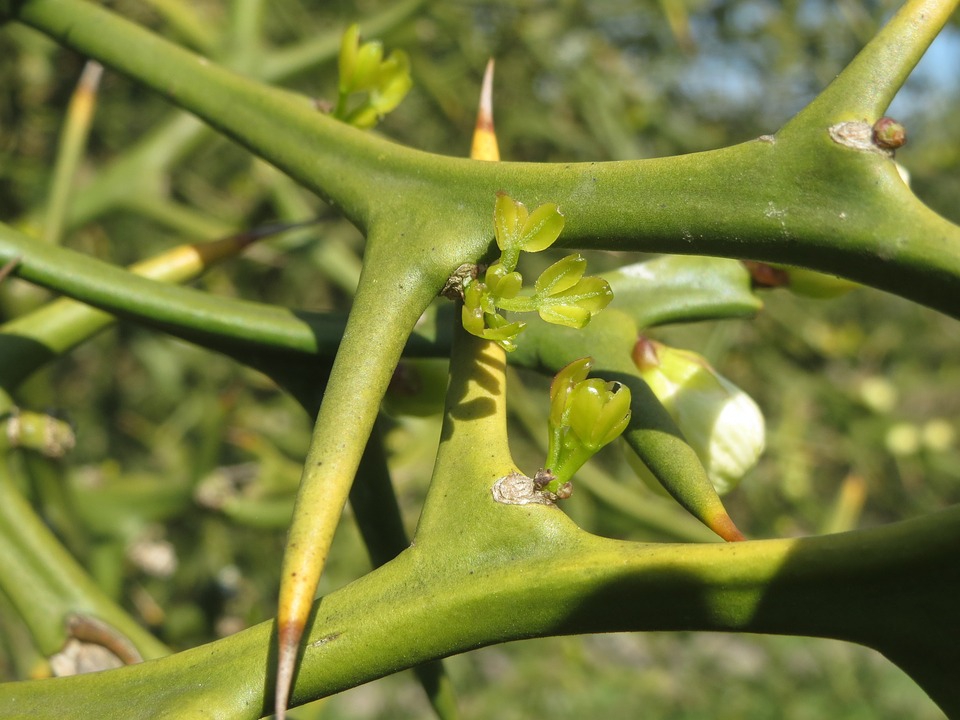Trifoliate Orange
go.ncsu.edu/readext?801588
en Español / em Português
El inglés es el idioma de control de esta página. En la medida en que haya algún conflicto entre la traducción al inglés y la traducción, el inglés prevalece.
Al hacer clic en el enlace de traducción se activa un servicio de traducción gratuito para convertir la página al español. Al igual que con cualquier traducción por Internet, la conversión no es sensible al contexto y puede que no traduzca el texto en su significado original. NC State Extension no garantiza la exactitud del texto traducido. Por favor, tenga en cuenta que algunas aplicaciones y/o servicios pueden no funcionar como se espera cuando se traducen.
Português
Inglês é o idioma de controle desta página. Na medida que haja algum conflito entre o texto original em Inglês e a tradução, o Inglês prevalece.
Ao clicar no link de tradução, um serviço gratuito de tradução será ativado para converter a página para o Português. Como em qualquer tradução pela internet, a conversão não é sensivel ao contexto e pode não ocorrer a tradução para o significado orginal. O serviço de Extensão da Carolina do Norte (NC State Extension) não garante a exatidão do texto traduzido. Por favor, observe que algumas funções ou serviços podem não funcionar como esperado após a tradução.
English
English is the controlling language of this page. To the extent there is any conflict between the English text and the translation, English controls.
Clicking on the translation link activates a free translation service to convert the page to Spanish. As with any Internet translation, the conversion is not context-sensitive and may not translate the text to its original meaning. NC State Extension does not guarantee the accuracy of the translated text. Please note that some applications and/or services may not function as expected when translated.
Collapse ▲Written by Dusty Hancock, Extension Master Gardener℠ Volunteer in Chatham County
The ‘dinosaur plant’ is what my grandchildren call this gnarly looking plant growing up in the fence rows around our property. With its large, and ferocious thorns, it certainly looks a bit mean and primeval!
There is a debate among taxonomists on whether this species should be placed in its own genus, Poncirus, or included in the genus Citrus. Morphologically, trifoliate orange is distinct from other species and cultivars of Citrus by the fact is deciduous (loses its leaves in the winter), has compound leaves (a group of multiple leaflets instead of a single leaf attached to the twig with an axillary bud), and has pubescent fruit (fuzzy like a peach). Genetic analysis suggests it is nested within other Citrus species, but some taxonomists still recognize it as Poncirus trifoliata rather than Citrus trifoliata.
We recognize it not only by those thorns but the gentle citrus scent when the white blooms appear in the spring. These blooms develop into lime-sized fruit in the summer. By early fall those ‘limes’ have turned into a small yellowish-orange fruit. They provide little dots of color in our fencerows as their leaves drop and their visibility is increased.
The ripe fruit has a tough rind, a lot of seeds, and much less pulp than in cultivated citrus. In the US, the fruit and rind are occasionally used in the manufacture of marmalade or citrus flavoring. They have a low toxicity if consumed but in large quantities their acidity has been known to cause stomach pain and nausea. Some people do suffer temporary contact dermatitis if exposed to the plant. They are a staple in East Asian traditional medicines.
They were originally imported from China to provide rootstock for commercial seedless navel orange groves in California back in the late 1800s. They are also great barrier plantings (even if you don’t have hungry dinosaurs). One cultivar, ‘Flying Dragon’, has been used to control students jaywalking at Oklahoma State University – Stillwater for over 50 years. However, the North Carolina Invasive Plant Council considers it an invasive species, so it is probably best to avoid further plantings. For more information, see the NC Extension Gardener Plant Toolbox.





